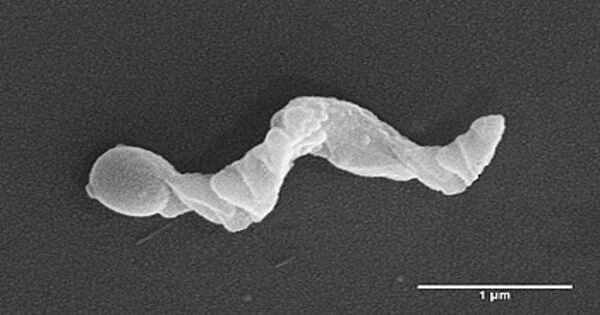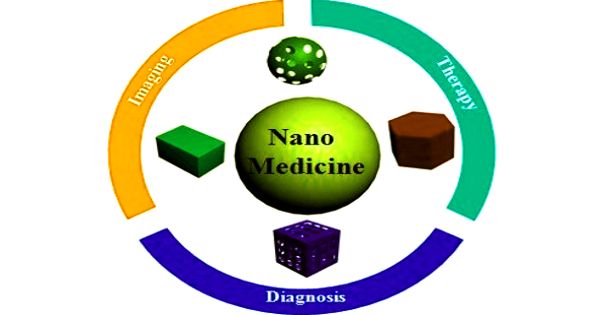A molecular or nanoscale device capable of converting energy into movement is known as a nanomotor. It is capable of producing forces on the order of piconewtons. It is a device or mechanism that operates on a nanoscale, typically with dimensions of nanometers (billionths of a meter). It is intended to convert energy at the nanoscale level, such as chemical, electrical, or light energy, into mechanical motion.
Nanomotors are a hot topic in nanotechnology research, with the potential to revolutionize fields such as medicine, electronics, and materials science. They provide precise control over motion at extremely small scales and can be used for tasks such as drug delivery, molecular assembly, sensing, and nanoscale object manipulation.
While artists have used nanoparticles for centuries, such as in the famous Lycurgus cup, scientific research into nanotechnology has only recently begun. Richard Feynman delivered a famous talk titled “There’s Plenty of Room at the Bottom” at a conference hosted by Caltech in 1959. He went on to make a scientific wager that no single person could design a motor with a diameter of less than 400 µm on any side.
The bet’s goal (as with most scientific bets) was to inspire scientists to create new technologies, and anyone who could create a nanomotor could win $1,000 USD. However, William McLellan foiled his plans by fabricating a nanomotor without developing new methods. Nonetheless, Richard Feynman’s speech motivated a new generation of scientists to pursue nanotechnology research.
There are different types of nanomotors, each employing different principles for their operation. Some common examples include:
- Electrically Driven Nanomotors: These nanomotors run on electricity. When an electric current is applied to them, nanoscale components such as electrodes or conductive tracks generate motion. They are frequently used in electronic devices as well as microfluidic systems.
- Chemically Propelled Nanomotors: These nanomotors generate motion through chemical reactions. Catalytic reactions on their surfaces are frequently used to generate a propulsion force, such as the conversion of chemical fuels into gas bubbles that propel the motor forward. Chemically propelled nanomotors have shown promise in a variety of applications, including targeted drug delivery and environmental remediation.
- Light-Powered Nanomotors: These nanomotors generate motion by utilizing light energy, typically in the form of photons. They frequently rely on materials with distinct properties, such as plasmonic nanoparticles or photoresponsive polymers that can convert light energy into mechanical motion. Light-powered nanomotors could have applications in optics, photonics, and nanoscale robotics.
- Biological Nanomotors: Biological systems such as motor proteins found in living organisms can be thought of as nanomotors. These natural nanomotors are in charge of a variety of cellular processes, such as muscle contraction and intracellular transport. Scientists are researching these biological nanomotors in order to better understand their mechanisms and possibly replicate them for nanotechnology applications.
Nanomotor development is an exciting field with ongoing research and innovation. These tiny devices have the potential to revolutionize a variety of industries by allowing precise manipulation and control at the nanoscale, thereby opening up new avenues for technological advancement.
















